A couple walks on stage, sits on a couch and begins talking. She says he’s stopped caring. He says she’s insecure. Blah, blah, blah. Meanwhile, the 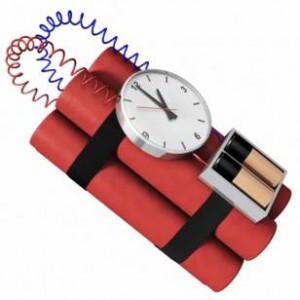 audience starts yawning. Rewind the scenario. A man sneaks on stage, plants a ticking time bomb under the couch and slithers away. Then the couple walks out, sits down and has the exact same conversation. But now the audience is riveted.
audience starts yawning. Rewind the scenario. A man sneaks on stage, plants a ticking time bomb under the couch and slithers away. Then the couple walks out, sits down and has the exact same conversation. But now the audience is riveted.
Bombs can do wonders for our stories.
This simple illustration was employed by Wells Root, an old Hollywood screenwriter, in his book Writing the Script, to note the importance of conflict in storytelling. Conflict has a way of making even the most mundane activity more interesting. People just do not pay attention unless there’s a bomb under the sofa… or some equivalent.
Conflict in storytelling is often divided into two parts: Internal conflict and External conflict. In other words, not only should the protagonist be sitting on a time bomb, she should BE one.
Donald Maass, author of Writing the Breakout Novel, puts it this way:
Every protagonist needs a torturous need, a consuming fear, an aching regret, a visible dream, a passionate longing, an inescapable ambition, an exquisite lust, an inner lack, a fatal weakness, an unavoidable obligation, an iron instinct, an irresistible plan,a noble ideal, an undying hope...
These “torturous needs” and “exquisite lusts” are the internal time bombs that make our characters interesting. Question: Do your characters have any of them?
And if there is internal conflict and external conflict, joining those two can only ratchet the tension. When we combine volatile people with difficult situations, things get interesting. The writer’s job is not just to create explosive characters, but to place them in contexts where their volatility is tapped.
Maass again:
Trials and tests are the stuff of character building, of conflict. Ask yourself, who is the one ally your protagonist cannot afford to lose? Kill that character. What is your protagonist’s greatest physical asset? Take it away. What is the one article of faith that for your protagonist is sacred? Undermine it. How much time does your protagonist have to solve the main problem? Shorten it.
In other words, stack the deck.
I recently re-watched Peter’s Jackson’s, King Kong, and witnessed a perfect example of how to stack the deck against your hero. In this case, Kong (yes, King Kong is the hero). The likable giant ape fights numerous foes in the new film. But the sequences in which K. battles the T. Rex are incredible. (If only the whole movie were that good.) Anyway, in the original 1933 version, Kong also fought the man-eater. But Jackson puts his own unique twist on the dreaded standoff. He pits the ape, not against one T. Rex, or two. But three. And it doesn’t stop there. The skirmish sends all of them, including Kong’s lady-friend, tumbling into a chasm where they become suspended in prehistoric vines. So here we have King Kong fighting three dinosaurs and trying to protect his woman, while swinging precariously between a canyon. Talk about upping the ante!
So it’s not enough to pit your protag against a villain. The villain must be elastic, invisible, merciless, or a disgruntled Tea-Partier. Furthermore, the hero must be handicapped, internally and externally. She must be fearful, unsure of herself, teetering toward despair AND wounded, temporarily blind, or missing her prosthetic leg. But don’t stop there. The villain can fight her on a sinking submarine, in a burning oil refinery, or at the MTV music awards between two opposing rapper’s entourages. Hey, let your imagination run wild.
Just don’t forget to put the time bomb under the sofa.
* * *
Question: Do your stories lean more toward internal or external conflict? Have you ever found it difficult to kill a character, and if so, why? Can you think of other examples of a character being pummeled by overwhelming odds? Could your WIP benefit from the strategic placement of a time bomb?


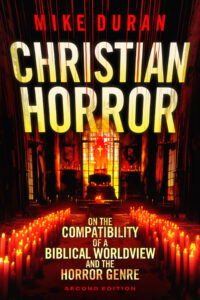
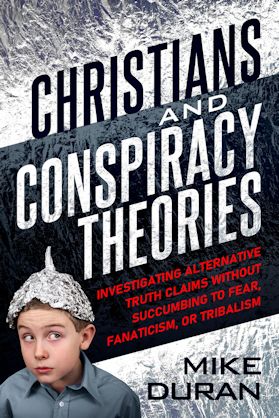
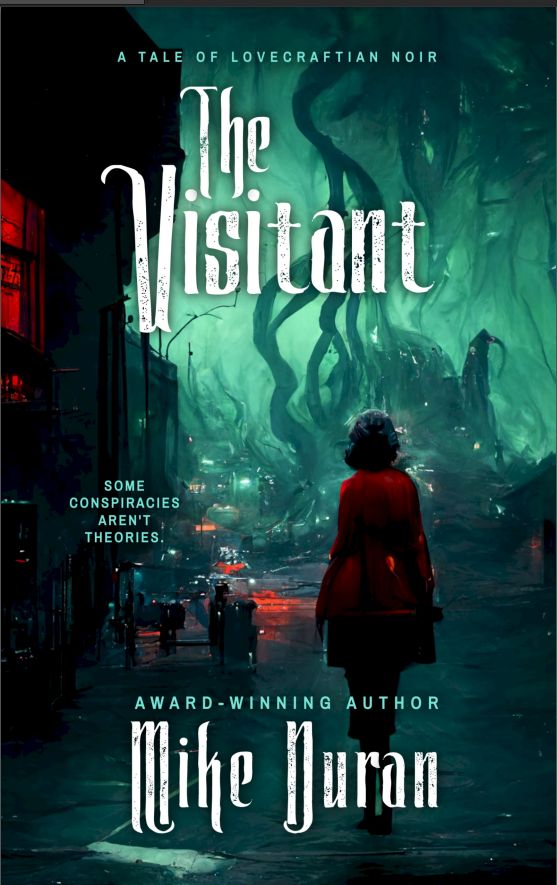

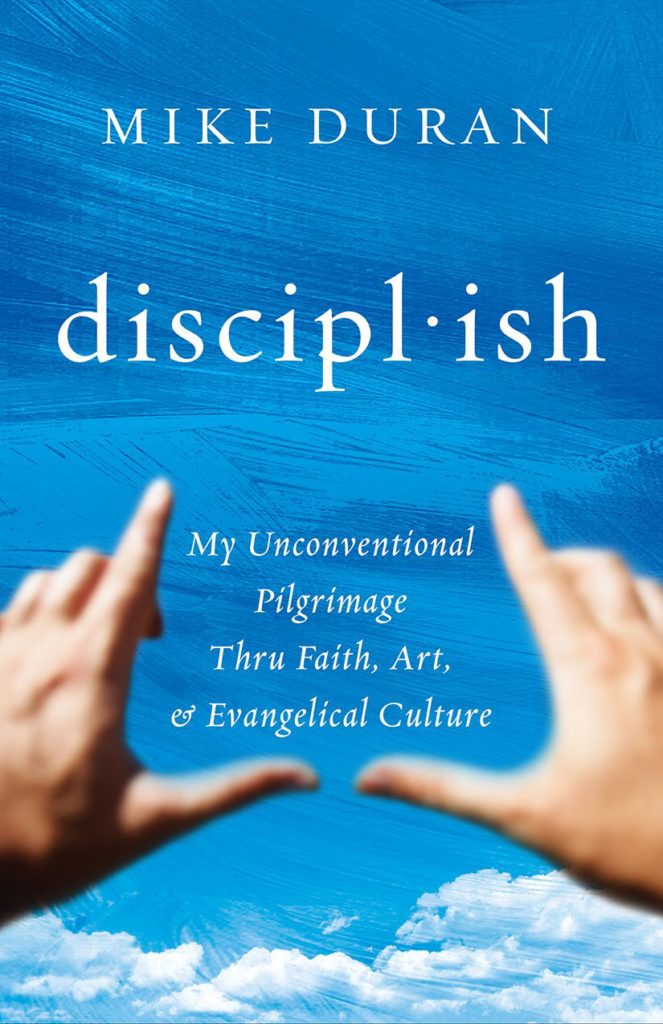
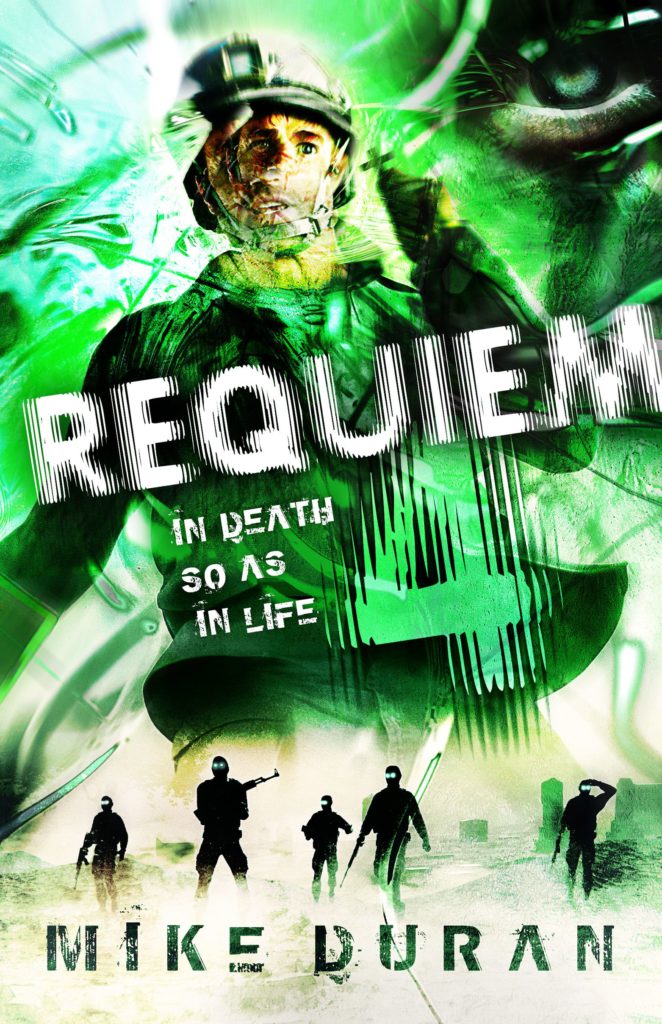
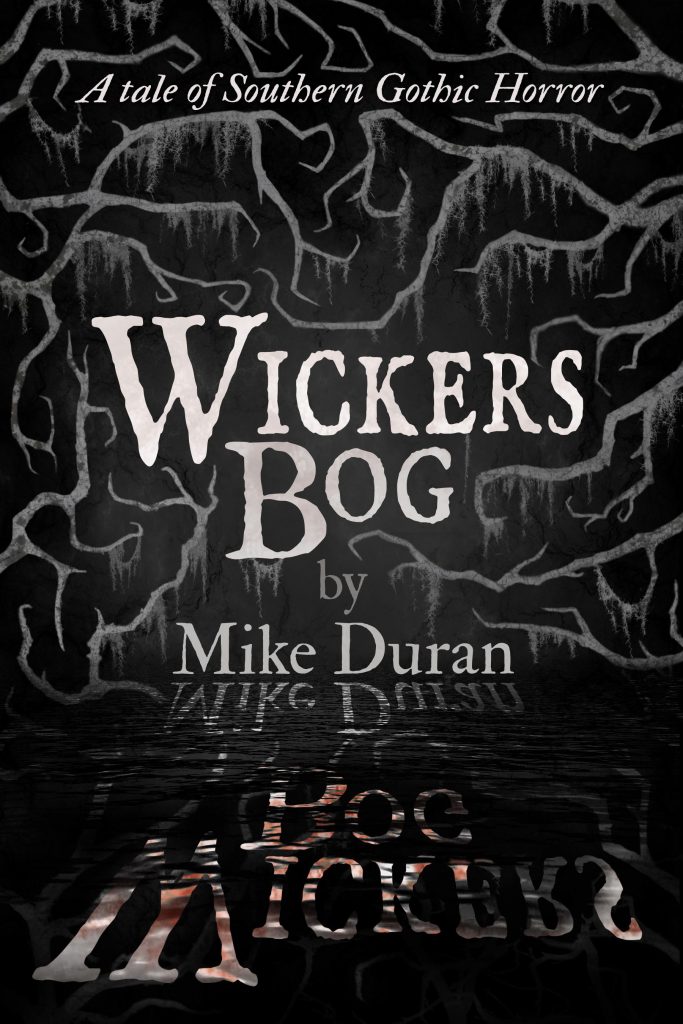
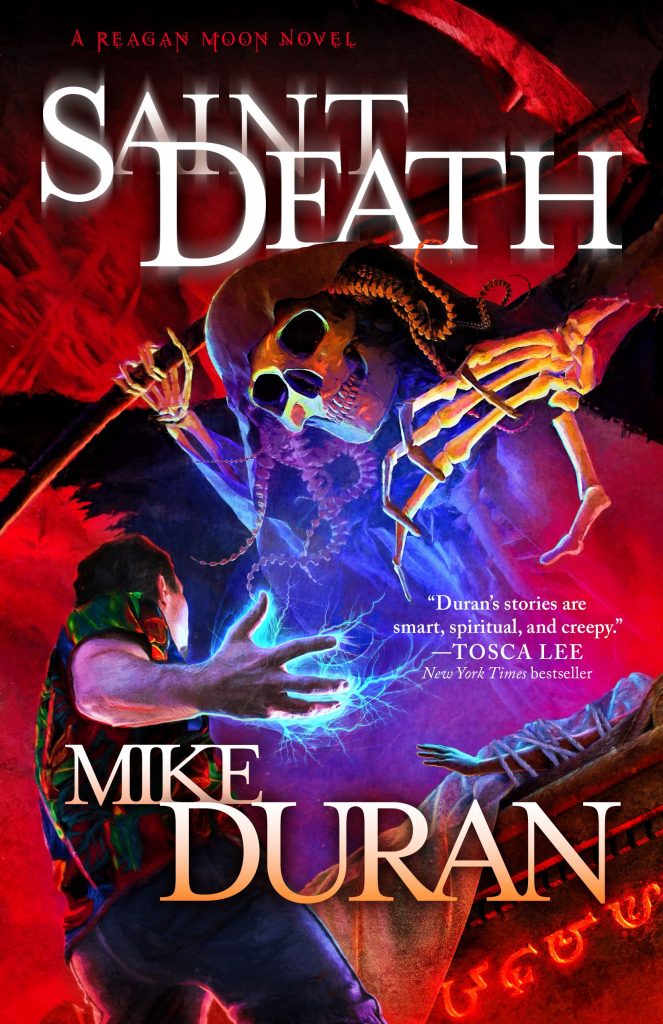
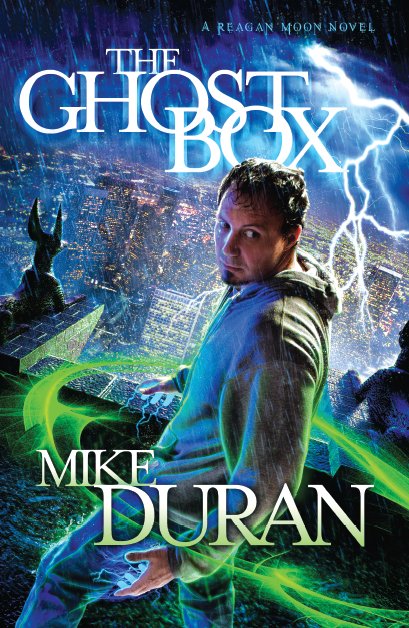
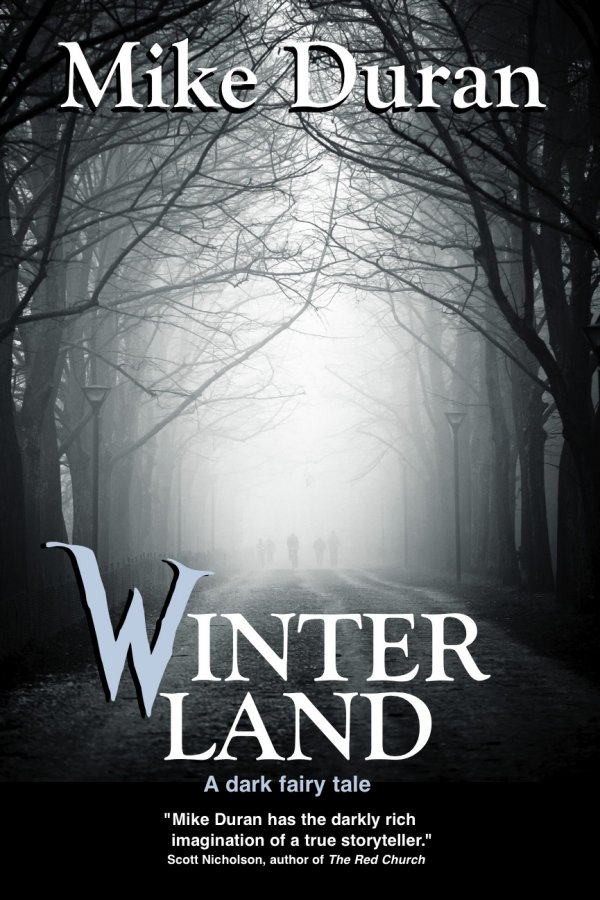
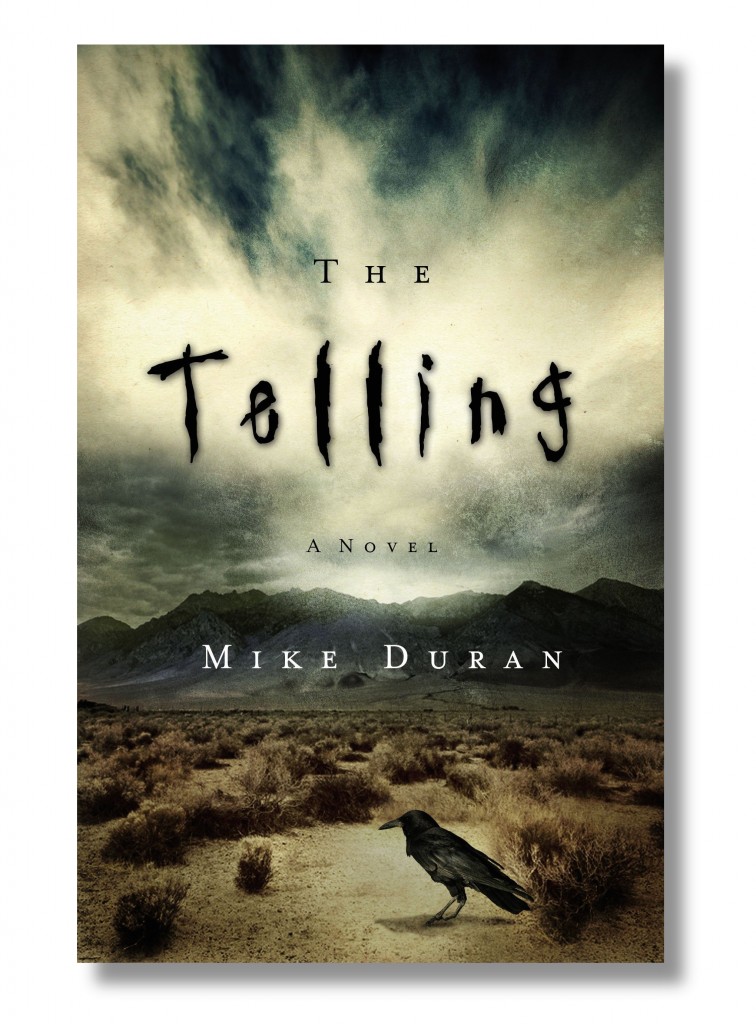
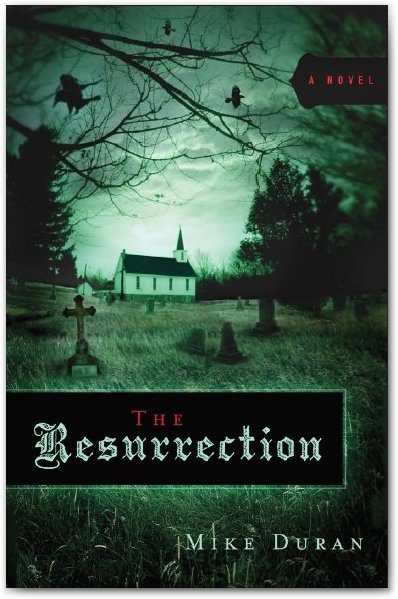
Mostly internal conflict for me. Although I think there must be some external conflict going on, otherwise you end up with a boring rant about a self-involved, angst-ridden character that nobody likes. I seem to have trouble putting all this together. I just try to get through the first draft and then go back and work it all out. Probably the harder way to do things, but I’m not a good plotter. I had to kill off a character in my last novel, and it was awful. He was a sweetheart too. I’m not fond of death, so not sure how often I’ll do that!
Cathy, I hear you about killing off characters. In my WIP, I wrestled for weeks with the notion of nixing a very nice lady. In the end, it just seemed like the bomb that would ratchet the tension. I hated to do it, but she is a goner. Hey, thanks for commenting!
Mike, I’m so glad you wrote this! I’ve been in the midst of composing a blog post on internal conflict and external conflict, but now I think I’ll just drop it for now. You covered it perfectly! I see far too many manuscripts – especially romances – where the only conflict is internal angst and not only is it boring, it drives me crazy! Thanks for a great post.
Awesome post. Thanks
Really helpful post, Mike! Thank you for sharing it. In my first novel (unpubbed), I had far too few bombs under the couch. And far too many people sitting around the breakfast table chatting, with the POV character inwardly ruminating a LOT. I will NOT do this again—tempted though I may be! I will still write internal conflict, but now think it would be far more interesting to read if it occurred within the context of external conflict.
My conflict is internal and external. My main characters generally have internal problems AND an external situation to overcome. Sometimes the internal conflict LEADS TO the external conflict.
Ugh, I have killed characters before. I remember years ago as a teenager when I was writing a novel. I realized that it was the best path to take for the story, so I did it. It was beyond hard. I was like, “Craaaaaaaap!”
Since then I haven’t had many pieces that required a death to create conflict, but there is a recent one where I brought out the guns.
Very good post!
The time bomb under the sofa is such a good illustration and good tip. It will be easy to remember that one the next time I write. Now I want to go rent King Kong the original!
Really enjoyed your post, thanks!
Makes me ponder the MS I recently finished. Internal conflict? Check. External? Check. However I don’t think it would hurt to up the ante on either and intertwine the two a little more . (Or I could add a disgruntled Tea-Partier…) As I write, I try to keep in mind the advice of a screenwriting instructor I once had: pit the character’s greatest hope against thier greatest fear. That’s my mantra. Greatest hope, greatest fear. With your advice, it can be: greatest hope, greatest fear, and the time bomb’s ticking.
(The Resurrection looks fantastic, by the way, I’m going to add it to my to-read list.)
Terrific article, Mike. I even added a few notes at the bottom of my final check-list to see if I’ve done all this. In writing women’s fiction, I don’t kill off characters or put bombs in my stories, but I have one character who is a walking bomb. Everywhere so goes, there’s a disaster. But beneath the humor, there’s the other stuff. It’s not easy combining all that needs to be in a great character. But it sure if fun to create them!
Great post, Mike.
Those Maass directives are killers, but they are so good.
Also loved your bit on the villain having the upper hand—towering over a handicapped protagonist. I am so often tempted to make the force that stands against the protagonist, be it a villain or a force of nature, weak. This doesn’t give the protagonist enough room to really dig down and become the hero I see him as being.
Great post. I am in the middle of plotting and struggling just a bit. Plenty of internal conflict, not so much of the external. This post has really helped:)
I so needed to read this post, Mike. I have trouble projecting internal conflict without going into the tell-don’t-show mode. Where do you get the best deals on under-the-sofa bombs? Maybe Hemingway, eh?
external. I tend to put a troll with a big rock behind the poisoner about to attack a sniper targeting the guy setting the clock on the time bomb. When I realize my characters are lacking introspection, I just make it all a dream sequence inside of Cthulhu’s brain just after he fell asleep after a big heaping dinner of planets.
I still can’t figure out why I’m not published yet. Maybe I should try Hollywood.
Tangentially related: did you read the news story about the terrorist in Russia who got herself prematurely blown up because her cell phone detonator received a “Happy New Year!” text from her phone company?
Talk about overcharges.
I certainly agree with what you’re saying, but I also wonder if there isn’t a point where all the bad things can be too much. Might they not, at some point, seem over the top? Sort of a Raiders of the Lost Ark litany of ridiculous dangers escaped ridiculously easily? Or has writing become so oriented toward the thriller that now we don’t worry about whether or not a real person could actually survive a car sideswiping a freeway railing amid a hail of bullets?
Becky
…but it is always easier to take out an excessive bad thing than it it is to inject conflict where none was built, just as a function of the writing process.
And I don’t think it really means bombs. I’ve got a character motivated to find a woman with dementia who has wandered off into the woods. Now, if it was a nice stretch of weather in the Spring, and there was a decent search party, there’s less urgency.
But the weather is turning cold, most people are pretty sure she’s dead anyhow (her physical health was pretty bad anyway), and the protagonist is unemployed – every minute he’s looking for her is one minute closer to personal financial ruin..and the nursing home director doesn’t want her found.
So it isn’t really about explosions. It’s about stakes. Every good book has high stakes and raises the ante when you think it will fold.
Mike, thanks loads for your blog and for giving us Waass’ directives. My novel has nearly all of those…and I wrote it seven years ago when I didn’t know much about writing except to put down what moved me. In my haste to have others read what I had created I made the horrible mistake of giving my publishing rights over to an unnamed, ghastly-awful POD publisher. (They do NO PROMOTION. I think the only copies that sold were the ones I bought.) But that wicked seven year contract, a source of great embarrassment, ends in a few months and I am determined to find a real publisher, if anyone will have me. I’m rewriting my book, changing a lot of things but keeping the flavor and punch of the original. I have not confined myself to just working on that, however. I’ve found I like writing short stories and have penned quite a few now. People – family and friends – seem to like them (I hope they’re not just humoring me) and that’s encouraging. Though I didn’t start writing until my senior years and have been fraught with anxst about the whole writing thing, sometimes jumping in with comments on blogs – like this one – though more often staying on the perimiter, I seem to have found myself in a way I’d once not thought possible. Best and most encouragingn of all, I’ve found you and Rachelle and others whose blogs and writings have been incredibly helpful. Keep up the good, THE REALLY GOOD work.